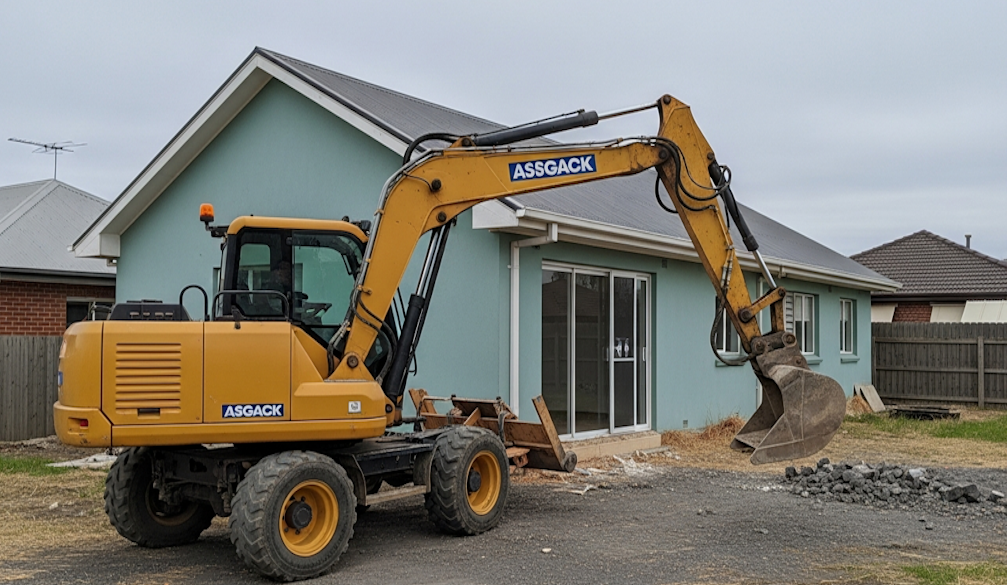Understanding Wisdom Teeth Extraction: What You Need to Know

Wisdom teeth, also known as third molars, are the last set of teeth to emerge in the back corners of your mouth. However, for many, wisdom teeth can lead to a variety of oral health problems, necessitating their removal. This procedure, known as wisdom teeth extraction, is a common dental surgery that helps prevent complications and maintain optimal oral health.
Why Are Wisdom Teeth Extracted?
Wisdom teeth extraction is often recommended for the following reasons:
- Impaction: When wisdom teeth don’t have enough room to emerge or grow properly, they can become impacted. This means they remain trapped beneath the gum line or only partially emerge. Impacted teeth can cause pain, swelling, and infection.
- Overcrowding: Your jaw may not have enough space to accommodate an additional set of molars, which can lead to overcrowding and misalignment of your teeth.
- Decay and Gum Disease: Wisdom teeth are located at the back of the mouth, making them harder to clean. This can result in tooth decay and gum disease.
- Cyst Formation: In rare cases, impacted wisdom teeth can lead to the development of cysts or tumors, which can damage nearby teeth and bone tissue.
Signs You Might Need Wisdom Teeth Extraction
If you’re experiencing any of the following symptoms, it’s essential to consult a dentist to determine whether you need your wisdom teeth removed:
- Persistent pain or discomfort in the back of your mouth
- Swelling or redness around the gums
- Difficulty opening your mouth
- An unpleasant taste or bad breath caused by infection
- Crowding of existing teeth
What to Expect During Wisdom Teeth Extraction
The process of wisdom teeth extraction is typically straightforward and performed by a dentist or oral surgeon. Here’s an overview of what you can expect:
- Initial Consultation:
- Your dentist will take X-rays to assess the position and condition of your wisdom teeth.
- They will discuss the risks and benefits of the procedure and answer any questions you may have.
- The Procedure:
- Anesthesia: To ensure a pain-free experience, your dentist will administer local, sedation, or general anesthesia, depending on the complexity of the extraction.
- Removal: The dentist will make an incision in the gum tissue to access the tooth. If necessary, the tooth may be divided into smaller pieces for easier removal.
- Closure: Once the tooth is removed, the area will be cleaned, and stitches may be placed to promote healing.
- Recovery:
- Most patients can go home the same day after the procedure. Recovery typically takes about 7-10 days.
- Follow your dentist’s post-operative care instructions to minimize discomfort and ensure proper healing.
Tips for a Smooth Recovery
Proper care during the recovery period is crucial to prevent complications such as dry socket or infection. Here are some helpful tips:
- Manage Pain and Swelling: Use prescribed pain relievers and apply an ice pack to the affected area for the first 24 hours.
- Follow a Soft Diet: Stick to soft foods like soups, yogurt, and mashed potatoes for the first few days to avoid irritating the extraction site.
- Maintain Oral Hygiene: Gently rinse your mouth with warm salt water to keep the area clean. Avoid brushing directly over the extraction site until it has healed.
- Avoid Straws and Smoking: Sucking through a straw or smoking can dislodge the blood clot, leading to dry socket, a painful condition that delays healing.
Benefits of Wisdom Teeth Extraction
Removing problematic wisdom teeth can have several advantages:
- Improved Oral Health: Prevents infection, decay, and gum disease associated with impacted teeth.
- Enhanced Comfort: Eliminates pain and discomfort caused by overcrowding or impaction.
- Better Alignment: Protects the alignment of your existing teeth, especially if you’ve undergone orthodontic treatment.
- Reduced Risk of Future Complications: Mitigates the likelihood of cysts, tumors, or bone damage.
Addressing Common Concerns
Many people worry about the pain or risks associated with wisdom teeth extraction. However, with advancements in dental technology and anesthesia, the procedure is relatively low-risk and minimally invasive. Proper aftercare significantly reduces discomfort, and most patients return to their normal routines within a week.
When to See a Dentist
It’s advisable to schedule regular dental check-ups to monitor the development of your wisdom teeth. If your dentist identifies potential issues early, they can recommend extraction before complications arise. Delaying the procedure can lead to more severe problems and a lengthier recovery period.
Final Thoughts
Wisdom teeth extraction is a proactive step towards maintaining your oral health and preventing future complications. While the idea of surgery might seem daunting, understanding the process and its benefits can ease your concerns. If you suspect your wisdom teeth are causing issues, don’t hesitate to consult your dentist. Early intervention and proper care ensure a smoother experience and a healthier smile.







